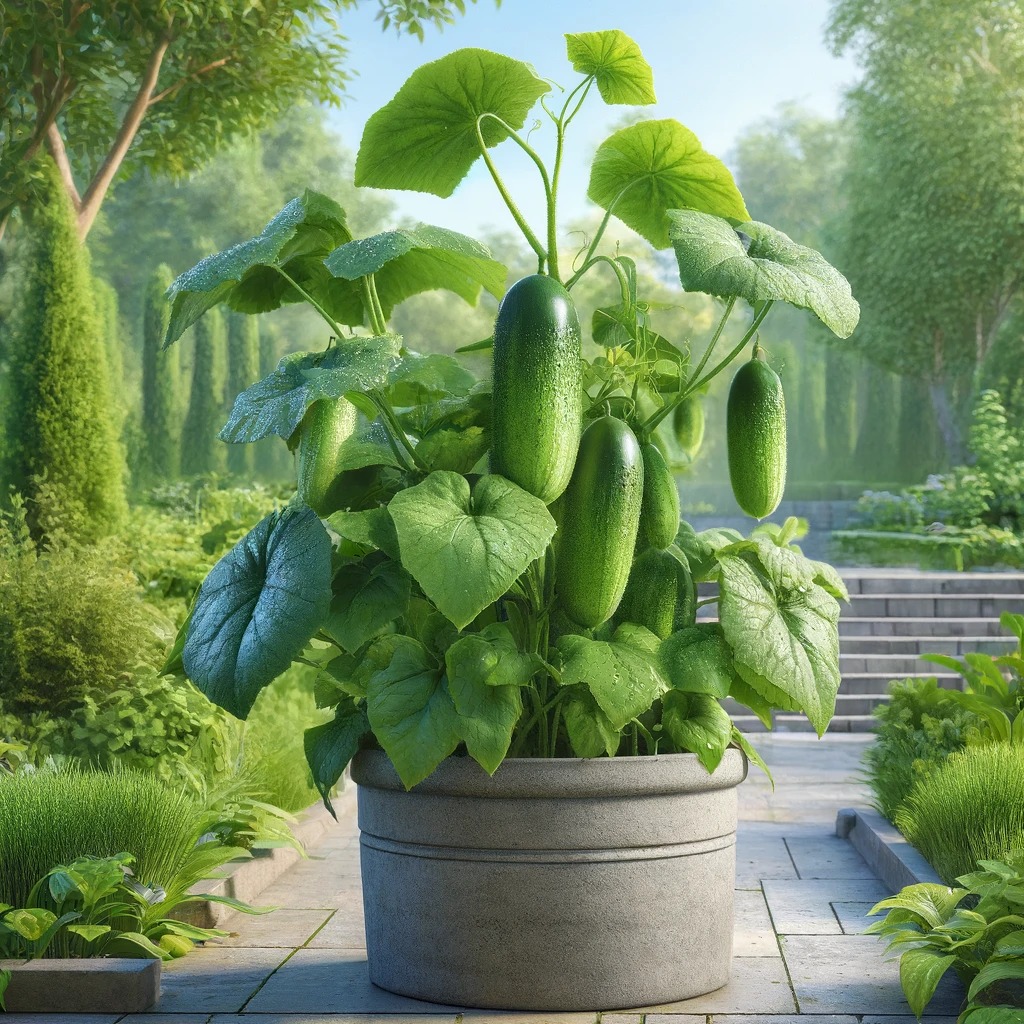
Cucumbers are a popular and refreshing garden vegetable, but they can be somewhat tricky to grow if you’re not careful. Avoid these 20 common mistakes to help ensure a healthy and productive cucumber crop:
- Choosing the Wrong Variety: Not all cucumber varieties are suitable for every climate or garden space. Pick varieties that are well-suited to your growing conditions.
- Ignoring Soil Preparation: Cucumbers thrive in well-draining soil rich in organic matter. Failing to prepare the soil with compost or well-rotted manure can hinder growth.
- Planting Too Early: Cucumbers are sensitive to cold. Planting them before the last frost date can expose seedlings to damaging cold temperatures.
- Overcrowding Seedlings: Cucumbers need space to grow. Planting them too closely can lead to poor air circulation and increase the risk of disease.
- Ignoring pH Level: Cucumbers prefer a soil pH between 6.0 and 7.0. Ignoring pH can lead to nutrient uptake issues and poor growth.
- Not Using a Trellis: Cucumbers benefit from vertical growth. Without support, they can become susceptible to diseases and pests.
- Inconsistent Watering: Cucumbers require consistent moisture. Irregular watering can cause stress and lead to bitter fruit.
- Overwatering: Too much water can suffocate roots and promote fungal diseases. Ensure your soil is moist but not waterlogged.
- Neglecting Mulch: Mulching helps retain soil moisture and suppresses weeds. Skipping mulch can make cucumbers more vulnerable to heat and weed competition.
- Ignoring Fertilizer Needs: Cucumbers are heavy feeders. Not fertilizing or using the wrong type of fertilizer can affect their growth and fruit production.
- Planting in Poor Light: Cucumbers need full sun to produce well. Planting in shady areas can result in fewer cucumbers.
- Allowing Weeds to Compete: Weeds compete for nutrients and water. Not controlling weeds can severely affect cucumber growth.
- Ignoring Pests: Cucumbers attract several pests, like cucumber beetles and aphids. Not managing pests can lead to significant damage.
- Overlooking Diseases: Diseases such as powdery mildew and bacterial wilt can devastate cucumber plants. Monitor plants regularly and act quickly if signs of disease appear.
- Not Rotating Crops: Planting cucumbers in the same spot every year can increase disease and pest buildup. Rotate crops annually.
- Harvesting Too Late: Overripe cucumbers can be bitter and seedy. Harvest cucumbers when they are medium-sized and still firm.
- Using Contaminated Tools: Using dirty garden tools can spread disease. Clean and disinfect tools regularly.
- Ignoring Companion Plants: Planting cucumbers near beneficial companions like marigolds or nasturtiums can help repel pests.
- Forgetting to Check for Ripeness: Regularly check plants and harvest cucumbers at the right time for the best flavor.
- Neglecting End-of-Season Care: Clean up old plants and debris at the end of the season to prevent diseases from overwintering.
By avoiding these common mistakes, you can enjoy a healthy cucumber crop that produces plenty of fresh cucumbers for your salads and summer dishes!